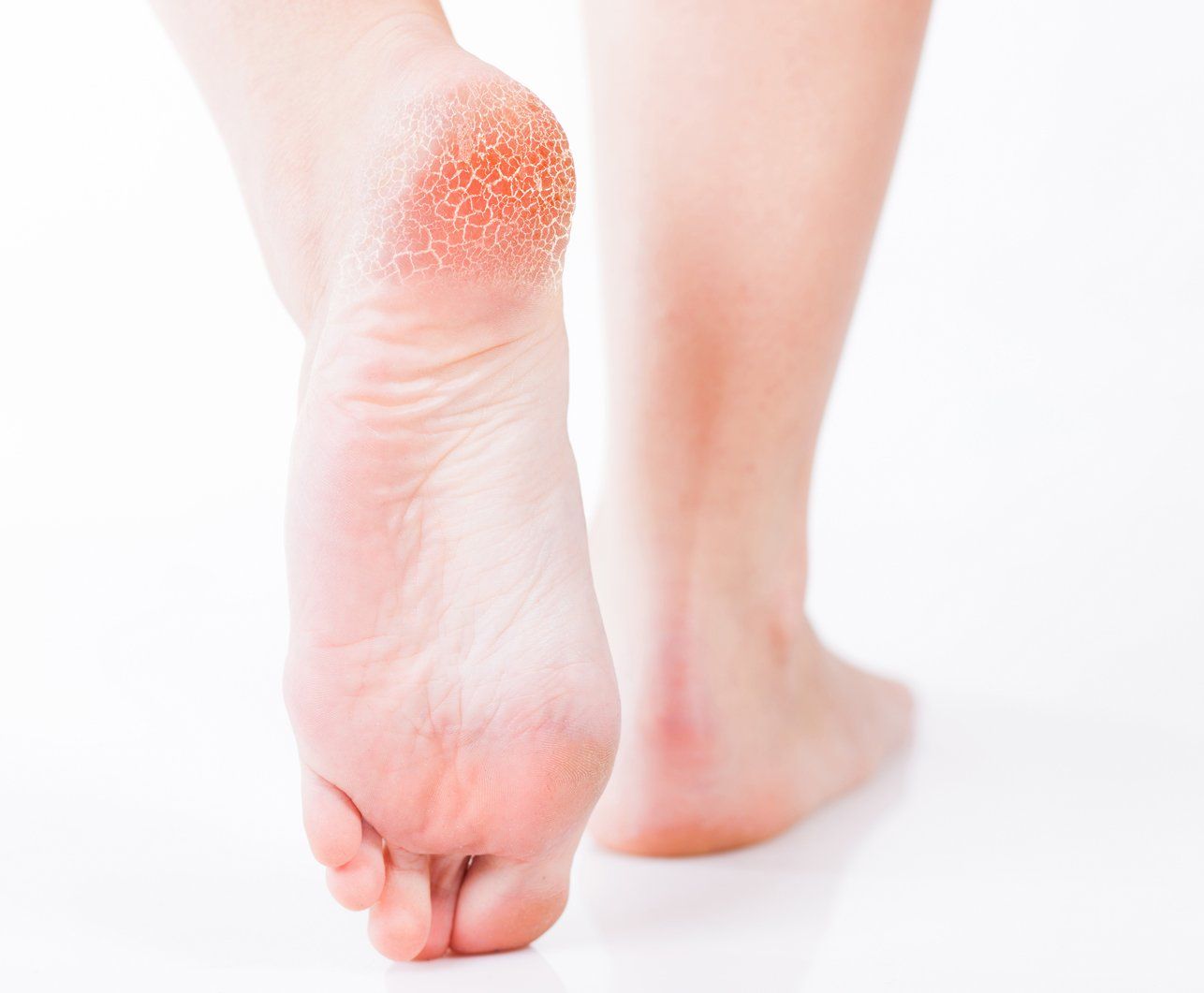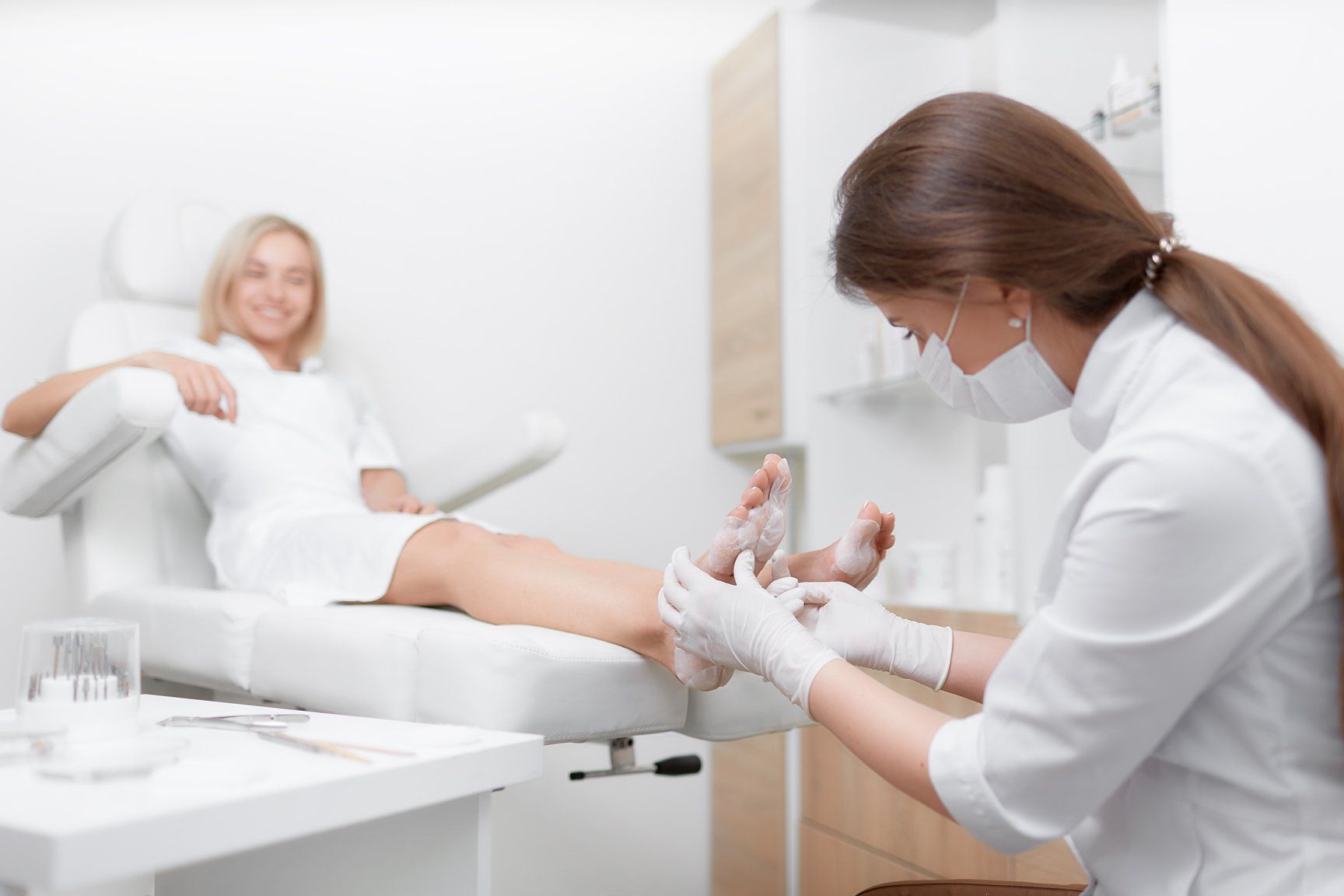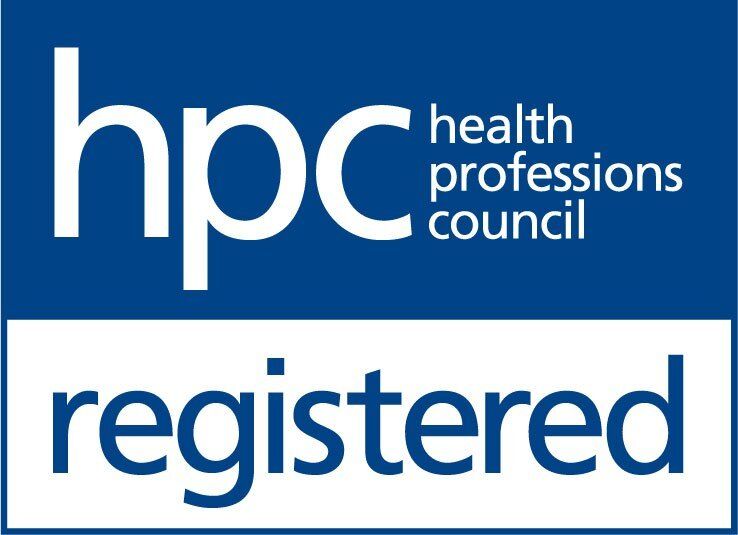Corns & Callus
When we walk or stand, our body weight is carried first on the heel and then on the ball of the foot, where the skin is thicker to withstand the pressure. When this pressure becomes excessive, some areas of skin thicken in the form of corns and callus, as a protective response to the body’s reaction to the friction of skin rubbing against a bone, shoe or the ground.
Callus (or callosity) is an extended area of thickened, hard skin on the soles of the feet. It is usually symptomatic of an underlying problem such as a bony deformity, a particular style of walking or inappropriate footwear. Some people have a natural tendency to form callus because of their skin type. Elderly people have less fatty tissue in their skin and this can lead to callus forming on the ball of the foot.
When we walk or stand, our body weight is carried first on the heel and then on the ball of the foot, where the skin is thicker to withstand the pressure.
What is it? / What causes the problem?
When we walk or stand, our body weight is carried first on the heel and then on the ball of the foot, where the skin is thicker to withstand the pressure. When this pressure becomes excessive, some areas of skin thicken in the form of corns and callus, as a protective response to the body’s reaction to the friction of skin rubbing against a bone, shoe or the ground.
Callus (or callosity) is an extended area of thickened, hard skin on the soles of the feet. It is usually symptomatic of an underlying problem such as a bony deformity, a particular style of walking or inappropriate footwear. Some people have a natural tendency to form callus because of their skin type. Elderly people have less fatty tissue in their skin and this can lead to callus forming on the ball of the foot.
Corns are caused by pressure or friction over bony areas, such as a joint, and they have a central core which may cause pain if it presses on a nerve. There are five different types of corns, the most common of which are ‘hard’ and ‘soft’ corns:
* Hard corns – these are the most common and appear as a small area of concentrated hard skin up to the size of a small pea usually within a wider area of thickened skin or callus. This may be a symptom of the feet or toes not functioning properly.
* Soft corns – these develop in a similar way to hard corns but they are whitish and rubbery in texture and appear between toes where the skin is moist from sweat or from inadequate drying.
* Seed corns – these are tiny corns that tend to occur either singly or in clusters on the bottom of the foot and are usually painless.
* Vascular corns – these can be very painful and can bleed profusely if cut.
* Fibrous corns – these arise when corns have been present for a long time and are more firmly attached to the deeper tissues than any other type of corn. They may also be painful.
What are the treatments?
It is best not to cut corns yourself, especially if you are elderly or diabetic. A podiatrist will be able to reduce the bulk of the corn and apply astringents to cut down on sweat retention between the toes.
You should be careful about using corn plasters, as they contain acids than can burn the healthy skin around the corn and this can lead to serious problems such as infection. You should always consult a podiatrist for advice before using corn plasters. Home remedies, like lambswool around toes, are potentially dangerous. Commercially available ‘cures’ should be used only following professional advice.
If you are unsure of what to do or need special attention, consult a registered podiatrist who will be able to remove corns painlessly, apply padding or insoles to relieve pressure or fit corrective appliances for long-term relief. For callus, your podiatrist will also be able to remove hard skin, relieve pain and redistribute pressure with soft padding, strapping or corrective appliances which fit easily into your shoes. The skin should then return to its normal state.
The elderly can benefit from padding to the ball of the foot, to compensate for any loss of natural padding. Emollient creams delay callus building up and help improve the skin’s natural elasticity. Your podiatrist will be able to advise you on the most appropriate skin preparations for your needs.












